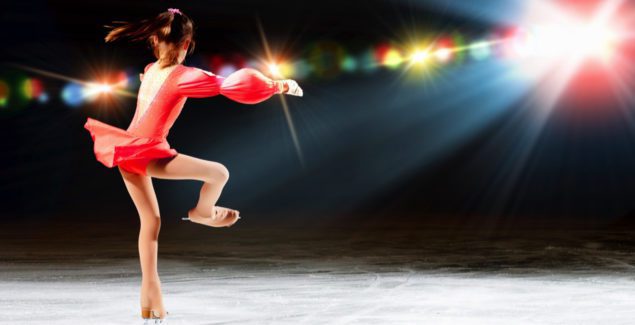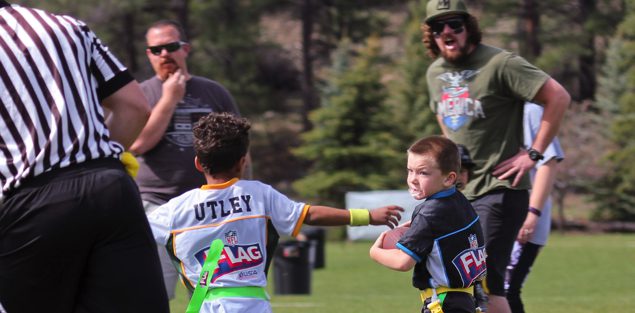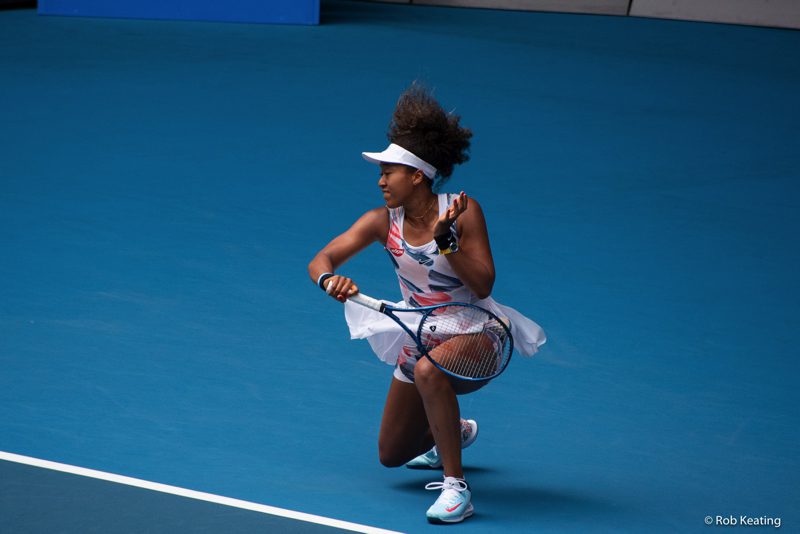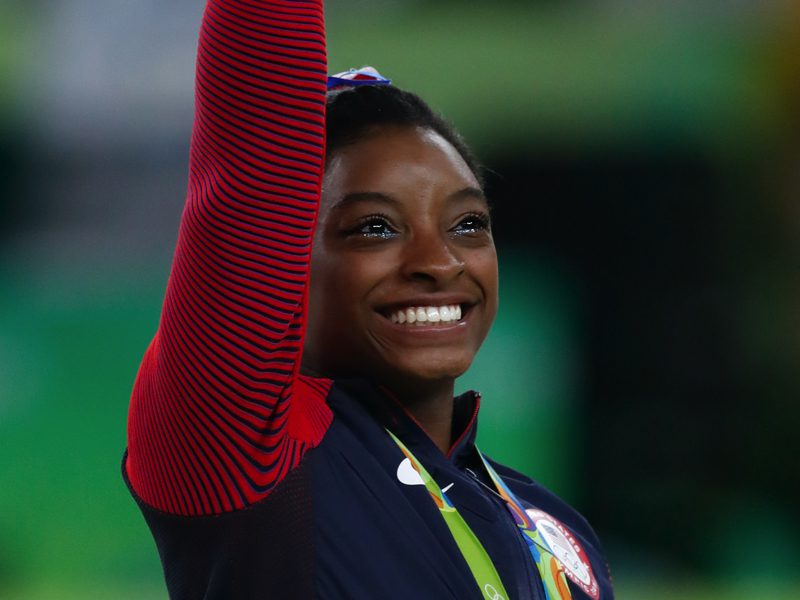Figure Skating’s Identity Crisis: Supporting Our Young Athletes

Posted in: Hot Topics
Topics: Hot Topics
It’s been a few weeks since the 2022 Olympics in Beijing, and while the world has moved on to larger news and grief surrounding the Russian invasion of Ukraine, the images of young female figure skaters – children – weeping, throwing their hands up in distress and storming away from cameras, continue to perpetuate a dark sinking feeling within us and the skating community at large.
As two former competitive figure skaters turned pediatric psychiatrists, we found ourselves spinning once again. How could we conceptualize and explain what we witnessed?
Kamila Valieva, at just 15 years old, was favored to win the gold medal, with a unique blend of grace and athleticism. Former Olympic gold medalist and current NBC Commentator Tara Lipinski remarked that Valieva is the best skater she has ever seen. Just days before the event, results from Valieva’s pre-Olympics drug screen were released, showing the presence of a banned performance-enhancing substance, trimetazidine. An expedited court hearing that followed determined that Valieva could compete, in part to prevent irreparable harm to a minor.
“To prevent irreparable harm…” Those words feel empty after what we had witnessed. Valieva was the last skater to perform in the free skate – one can only imagine the unbearable pressure that had been mounting through the night and the week. She made uncharacteristic mistakes throughout the program and left the ice in tears.
Though most have been quick to point out that at the young age of 15 she should not be blamed for the use of a banned substance, teenagers are often quick to blame themselves and to feel that they are at fault for what happens. It seems clear that Valieva felt the weight of the world on her shoulders.
Teenage years are a prime time for exploration of identity. According to Erik Erikson, an expert in child development, the time from 11 to 19 years old is when teenagers look closely at their personal beliefs, goals, and values and start the important process of figuring out what they would like to represent as adults.
During this phase of exploration, it is worthwhile to urge teenagers to explore widely to avoid singularly defining themselves. Thus, if something does not go as expected, there can be an appreciation for other dimensions that serve to define a whole person and to avoid the feeling of one’s entire world crashing around them. For example, having interests, hobbies, and friends outside of figure skating can pad the fall of disappointment, as they have a perspective that the one goal presented in their small bubble, the gold medal, is not the only way that the world defines one’s worth.
This is indeed very difficult in athletics, as young athletes are often placed in insular environments where they focus on training and competing. In addition, the adults surrounding them, such as coaches and federation staff, often have lived in the sport throughout their lives as well. This allows them to help the athletes in many ways, but at the same time, it may also limit the perspective that they can offer to young athletes.
Perfectionism and figure skating have long gone hand-in-hand. There is a pervasive culture of skating “clean,” generally referring to landing perfect jumps as being the pinnacle of success. Taking this a step further, Lipinski recalled Alexandra Trusova, Valieva’s training-mate who won the Olympic silver medal, as saying “Winning is first place, anything else is losing.” This is an example of a cognitive distortion called black-and-white thinking. Cognitive distortions – an inaccurate and negative thought pattern – along with perfectionism can reinforce negative emotions and thoughts and perpetuate dissatisfaction.
It is true that an Olympic medal is meaningful, and it is OK and natural for athletes to wish for that version of success. That being said, defining success based on only “on-ice” results puts teenagers at risk for developing poor self-esteem, low self-worth, and a whole host of other poor mental health outcomes. This pattern of thinking does not lead to long-term happiness. There may be an illusion that one must choose one or the other – valuing results or valuing the process – but they are not mutually exclusive. It is possible (and recommended) that athletes work towards their desired results while also celebrating the process of personal exploration, growth, and self-respect. In other words, value the journey along with the destination.
There have been many discussions from the Olympics regarding the failure of the adults around these teenagers to ensure their physical and emotional health. The fact that a 15-year-old, a minor, was found with a banned performance enhancing substance lends more weight to this concern and certainly warrants further investigation.
As pediatric psychiatrists, we wholeheartedly agree that adults must set an example for these strong yet vulnerable teenagers while empowering them to re-define what success looks like on and off the ice and how to celebrate all parts of one’s identity.
Gracie Gold, a prominent American figure skater who has spoken up about her struggles with mental health offers other ways to define success by asking oneself:
Did I perform well?
Did I enjoy the experience?
Did I show growth as an artist?
Did I make people at home feel something when I skated?
Did I emerge from the competition healthy?
Asking questions such as these highlights the depth and complexity that accompany any experience and allow one to appreciate that there may be positive aspects in addition to negative. Sending the message to a teenager that they are a complex being with many qualities and skills that are remarkable allows them to better process life’s inevitable setbacks. Instead of thinking “I am a failure,” they could instead think, “I am disappointed in that performance, but *I* am not a disappointment. I did the best I could in that moment, and that is enough.”
Gracie’s questions are excellent examples of what adults can encourage young athletes to ask themselves. Adults can also model this, by asking these questions directly to a child or teen.
Open-ended questions such as these serve to stimulate further conversation about a performance and creates space for more nuanced thoughts and emotions to emerge. For example – “I am disappointed that I fell on that jump. But I felt so good about my spins, and I performed well on my step-sequence, and it made me feel good when I saw my family clapping in the audience.” Having a more in-depth conversation about an experience can foster a sense of connectedness, which serves to prevent a young athlete from feeling alone in either their feelings of disappointment or success.
To Kamila – and all young people in the sport – you are a whole person and there is so much more to you than this singular moment. Those other parts are just as important and worth exploring and celebrating.

 Share
Share Tweet
Tweet






